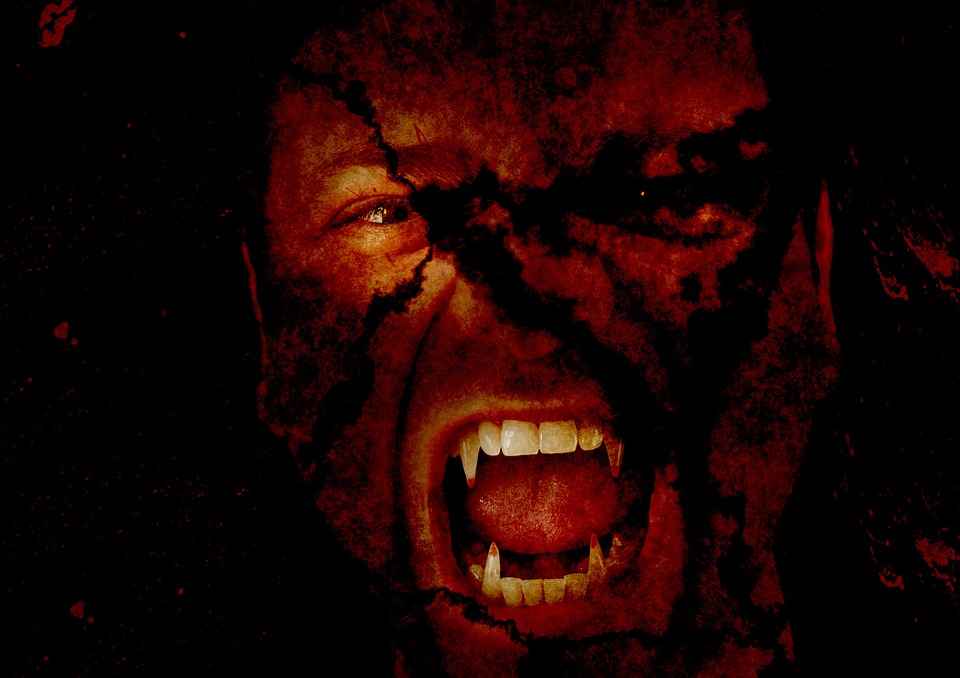What Effect Does Stoker Reach by Keeping the Main Character in the Shadows for So Much Time in the Novel?
The novel Dracula was written by Irish author Bram Stoker in 1897. It started the new epoch of horror novels and was the first representative of the vampire literature genre. Even now, after a century after being published, this novel is able to startle and thrill its readers. Based on vampire legends, folklore, Gothic fiction, and history, the story depicts not only the experience written by English solicitor Jonathan Harker in his diary but also the events that happened to his friends, assistants, and enemies (Johnson).
Wilhelmina “Mina” Harker (Jonathan Harker’s fiancée), Lucy Westenra (Mina’s best friend, Arthur’s fiancée, and Dracula’s first victim), Arthur Holmwood, Jack Seward (a former student of Dr Abraham Van Helsing), Abraham Van Helsing (vampire hunter), Quincey Morris (an explorer), Renfield, and the brides of Dracula are the main characters of the story. Though, it wouldn’t be so epic without a member of an old, noble, once-powerful family. However, the story would not be possible without Count Dracula, a member of an old noble family and ancient vampire living in his castle in Transylvania, the main character of the novel.
The novel is written in the form of letters and diaries, adding a great portion of realism. Count Dracula makes his appearance only on a couple of pages. But all the appearances he makes throughout the novel add a special atmosphere of mysticism and make the reader feel uncomfortable and even frightened.
Jonathan Harker is a young lawyer who is very organized and extremely logical. In light of all mystical things which will happen to him, the traits of character help the author to make the novel more realistic and less hysterical. Throughout the story, Harker tries to explain mystical events that happen to him through logic and common sense.
The circumstances of the first meeting with the count are unusual. It’s a strange, foreign land with odd languages and customs, in early spring, but no winter or spring itself: a transition period, an empty castle (or as in the case of Lucy and Mina, a period of changes in life, waiting for marriage, the beginning of family life). At this time, in such a place, it is easy to succumb to the expectations of the unknown and become a victim of obsessive fear. The author builds the atmosphere with the help of descriptions of nature, which appear in dark colors, and unusual or mystic scenes.
Some slight descriptions of Count Dracula can be found in the entries which were made in Jonathan Harker’s diary on May 5th, 7th, and 8th. When Count Dracula welcomed the young clerk, at the castle, he appeared from darkness, clad in black from head to foot, without a single speck of color about him. The Count is a tall old man, with a long white mustache on his cleanly shaven face (Stocker 23). Though the Count’s apparent age is great, Jonathan noticed during their handshake that his grip was unbelievably strong. Dracula’s hand seemed to be cold as ice, more like the hand of a dead than a living man (Stocker 24). His face is aquiline, with a high bridge, thin nose, and arched nostrils, high and round forehead, large eyebrows, scarlet lips, and unusually sharp teeth. His ears are pointed, and he is unbelievably pale. One of the biggest peculiarities in Dracula’s appearance was hair growing on his palms (Stocker 26-27). Later in the novel, the zookeeper describes him as a man with a hooked nose and a pointed beard with a streak of white in it (Stocker). The Count’s blue eyes turn red when his anger goes out of control. With each appearance Count Dracula becomes younger. At this point, Dracula is an unknown horror, an incomprehensible force which is very changeable. This quality helps the author to keep the readers at the edge of their seats, suspicious and nervous, thinking of the new development of the action. At the same time, it makes Dracula’s character more mysterious. Also, such a detailed and changing description is given as proof that he has a “child-brain,” an imperfectly developed mind of a criminal.
Bram Stoker makes Jonathan and the readers feel an increasing sense of unease with the help of mysterious actions performed by the Count Dracula. These actions include turning into other people, possessing no reflection, climbing vertical walls, and shape-shifting. The words about the entrance of free will with the stories he told about the history of his family and his land set off a warning bell to the reader. The uncertainty and mysticism make the reader feel nervous, scared for the characters’ lives. The same mystic fog surrounds Count Dracula’s character; through Harker’s thoughts and imagination, the author of the novel turns Dracula’s figure into a ghostly menace, making readers feel uncomfortable.
It seems that the popularity of Stoker’s novel is the result of the author’s success, perhaps unconsciously, in using a recognizable, widespread condition of unperceived fear as a basis for the reader’s fear. This fear is based heavily on the strong influence of popular culture and imagination, and the creation of a deep and many-leveled legend from nothing.
Works Cited
Gurkin, Janet. “The Letter Book as a Literary Institution.” Yale French Studies, no.71, 1986, pp. 17-18.
Johnson, Allan. “Modernity and Anxiety in Bram Stoker’s Dracula.” Dracula: Critical Insights, Salem Press, 2010, pp. 72-73.
Leatherdale, Clive. Dracula, the Novel and the Legend a Study of Bram Stoker’s Gothic Masterpiece. Desert Island Books, 2001.
Stoker, Bram. Dracula. Oxford University Press, 2008.
